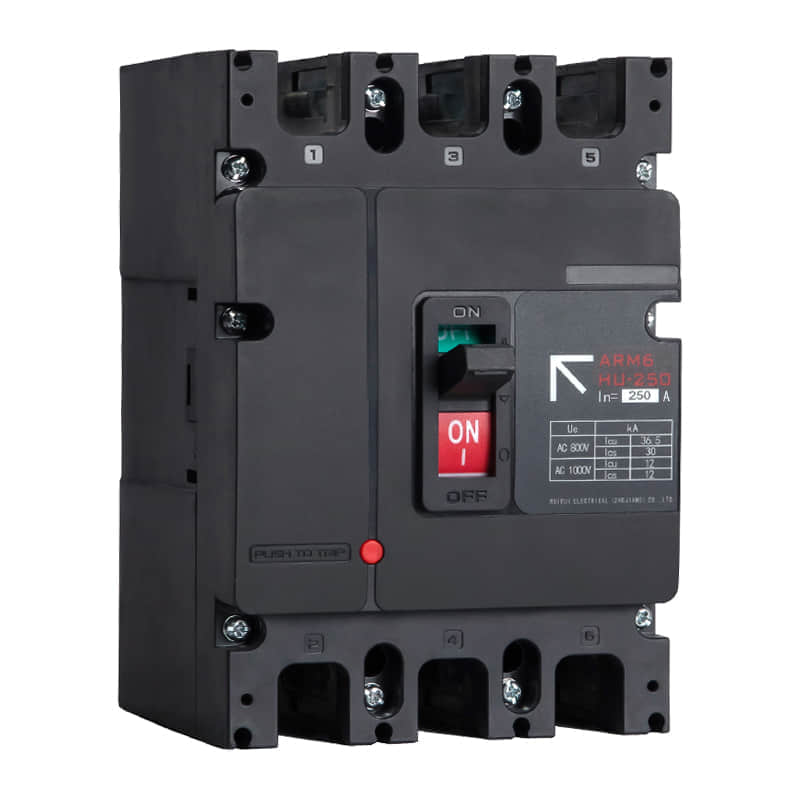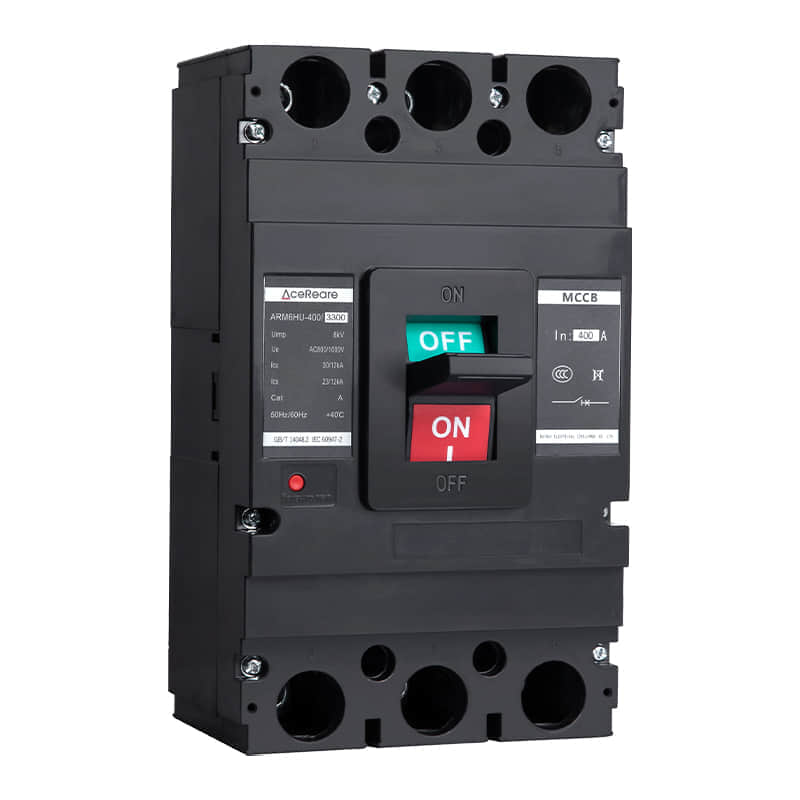Molded Case Circuit Breakers (MCCBs) play a crucial role in modern electrical systems by safeguarding equipment and individuals from potential electrical hazards. These devices are designed to interrupt the flow of electrical current in the event of an overload or short circuit, preventing damage to the circuit and reducing the risk of electrical fires. In this article, we will explore the significance, construction, working principles, and applications of Molded Case Circuit Breakers.

Significance of MCCBs:MCCBs are essential components of electrical distribution systems in residential, commercial, and industrial settings. They provide reliable protection against overcurrent conditions that can result from increased demand or faulty wiring. By swiftly disconnecting the circuit, MCCBs prevent overheating and mitigate the chances of electrical accidents, ensuring both safety and the longevity of electrical installations.

Construction and Components:MCCBs are constructed within a molded case made of insulating materials such as plastic or thermosetting compounds. This robust enclosure protects the internal components from environmental factors and provides mechanical strength. The key components within an MCCB include: Trip Unit:This is the heart of the MCCB and is responsible for detecting overcurrent conditions. There are different types of trip units, such as thermal, magnetic, and electronic, each offering specific characteristics for various applications. Contacts:MCCBs have pairs of contacts that are normally closed when the circuit is operating within its safe limits. When an overcurrent occurs, these contacts open quickly to interrupt the current flow, preventing damage. Arc Extinction System:When the contacts open, an arc is formed due to the electrical discharge. The MCCB features mechanisms to efficiently extinguish this arc, preventing further damage and ensuring a controlled interruption. Operating Mechanism:This part allows manual operation of the MCCB, enabling users to manually close and open the circuit if needed. Working Principles:MCCBs operate on the principle of thermal and magnetic protection. Thermal protection relies on the heat generated by the current passing through the circuit. If the current surpasses a predetermined limit, the bimetallic strip in the trip unit deforms, causing the contacts to open. Magnetic protection, on the other hand, responds to short-circuit currents, where the magnetic fields generated by the high currents cause the trip unit to actuate and open the contacts. Applications:MCCBs find applications in a wide range of scenarios: Residential:MCCBs protect household circuits from overloads caused by simultaneous operation of various appliances, ensuring safety and preventing electrical fires. Commercial:In commercial buildings, MCCBs safeguard lighting systems, HVAC equipment, and other electrical installations from overcurrents. Industrial:Industrial facilities use MCCBs to protect machinery and critical equipment from short circuits and overloads, minimizing production downtime and maintaining operational efficiency. Renewable Energy:MCCBs are vital components in solar and wind power installations, protecting inverters, transformers, and other components from electrical faults. Data Centers:These facilities rely on MCCBs to secure power distribution for servers and networking equipment, avoiding disruptions and potential data loss. In conclusion, Molded Case Circuit Breakers are indispensable elements of modern electrical systems. Their ability to detect and respond to overcurrent conditions effectively ensures the safety of people, equipment, and properties. By interrupting faulty circuits promptly, MCCBs prevent catastrophic events and contribute to the overall reliability and efficiency of electrical installations across residential, commercial, and industrial sectors.
